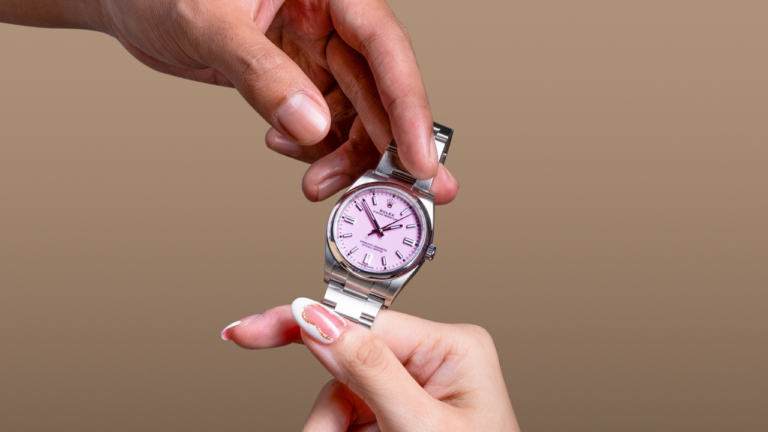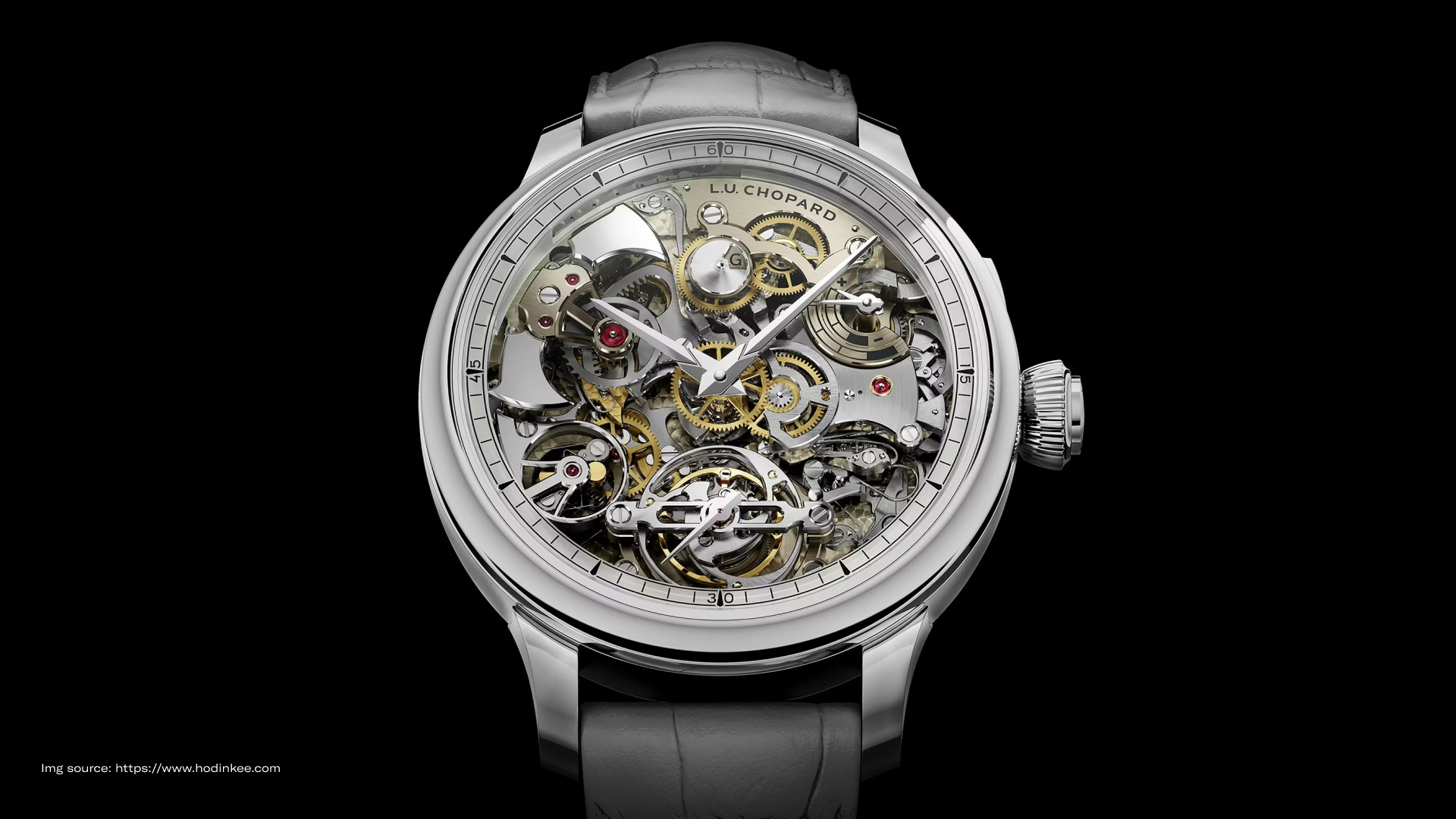Watches are more than just timepieces—they are a reflection of personal style and identity. One of the most crucial aspects when choosing a watch is understanding its watch movement or mechanism. The movement serves as the heart of the watch, driving the hands and additional features.
By understanding different types of movements, you can select a watch that best suits your needs, preferences, and lifestyle.
Let’s dive deep in!
Table of Contents
ToggleWhat is Watch Movements?
A watch movement, also known as a “caliber,” is the internal mechanism that powers a watch, allowing it to keep time and perform additional functions. It consists of gears, springs, and other components that work together to control the movement of the hands and any extra features like date displays or chronographs.
Mechanical Movements
Mechanical movements rely entirely on mechanical energy. They are divided into two main types: manual wind movements and automatic movements.
Manual Wind Movements
A manual wind movement requires the wearer to regularly wind the crown to keep the watch running. This technology, dating back to the 16th century, remains highly valued for its craftsmanship and classic appeal. Turning the crown tightens the mainspring, which gradually releases energy to power the watch.
Automatic Movements (Self-Winding)
An automatic movement functions similarly to a manual movement but features a rotor that winds the mainspring using the wearer’s natural wrist motion. This innovation eliminates the need for daily manual winding, as long as the watch is worn regularly. The rotor spins with wrist movements, converting kinetic energy into stored power, making it a practical and popular choice.
Quartz Movements
Quartz movements use a battery as their primary power source. They operate through the vibrations of a quartz crystal, which oscillates at a consistent frequency when exposed to an electric current. This results in high accuracy, with minimal deviation—only a few seconds per month. Due to their reliability, quartz movements are found in approximately 90% of the world’s watches.
In a quartz watch, the battery sends an electric current through an integrated circuit to the quartz crystal, causing it to vibrate at 32,768 times per second. These vibrations are converted into electrical pulses that move the stepper motor, ultimately driving the hands. Unlike mechanical watches, which have smooth hand movement, quartz watches feature a ticking motion.
Hybrid and Innovative Movements
With advancements in horology, various innovations have emerged to combine the benefits of quartz and mechanical mechanisms.
Kinetic Movements
Kinetic movements blend quartz and automatic technologies. They use a rotor-driven system that generates energy through wrist movements, storing it in a battery or capacitor. This allows the watch to operate without requiring frequent battery replacements—offering the convenience of quartz with the self-charging benefits of an automatic movement.
Solar-Powered Movements
A solar-powered movement harnesses light energy to power the watch. A built-in solar cell absorbs both natural and artificial light, converting it into electricity to charge the battery. This eliminates the need for battery replacements, making it an eco-friendly and sustainable choice. With long-lasting power and high efficiency, solar movements are gaining popularity among environmentally conscious users.
Spring Drive Technology
Spring Drive is an advanced technology that combines traditional mechanical elements with quartz precision. While it still relies on a mainspring for power, it replaces the mechanical escapement with a quartz oscillator for time regulation. This results in remarkable accuracy and a distinctive smooth-sweeping second hand, offering a perfect blend of classic craftsmanship and modern precision. Spring Drive movements are ideal for watch collectors and enthusiasts seeking a balance between tradition and innovation.
Factors to Consider When Choosing a Watch Movement
When selecting a watch movement, several factors should be taken into account to ensure it matches your needs and lifestyle.
- Type of Movement
Quartz Movement is highly accurate, low maintenance, and requires a battery change every few years. Ideal for users who prioritize practicality. On the other hand, mechanical Movement: Available in manual wind (requires periodic winding) and automatic (self-winding). Favored by collectors for its artistic craftsmanship and intricate mechanics.
- Accuracy
Quartz watches are more precise, deviating only a few seconds per month. Mechanical watches are less accurate and may vary by a few seconds per day.
- Maintenance Requirements
Quartz watches require minimal upkeep aside from battery replacement, while mechanical watches need periodic servicing to maintain optimal performance.
- Durability
Quartz movements are more resistant to shocks due to fewer moving parts, and mechanical watches are more delicate but can last longer with proper care.
- Aesthetics and Craftsmanship
Mechanical watches are admired for their intricate designs and visible movements, making them a favorite among horology enthusiasts.
Conclusion
Choosing the right watch movement depends on factors such as accuracy, maintenance, durability, and aesthetic appeal. Quartz movements offer precision and convenience, while mechanical movements highlight craftsmanship and tradition.
Meanwhile, hybrid innovations like kinetic, solar-powered, and Spring Drive movements offer enhanced functionality. By understanding these characteristics, you can find a timepiece that not only functions efficiently but also serves as a valuable long-term investment.
For those looking to explore luxury timepieces, Luxehouze offers an extensive collection of luxury watches from renowned brands, featuring a wide range of movements to suit every preference.
Discover the perfect timepiece that matches your style and needs, only at Luxehouze, the ultimate destination for exclusive watch enthusiasts!














